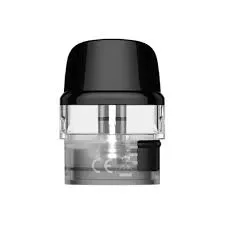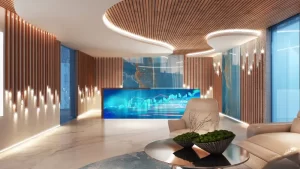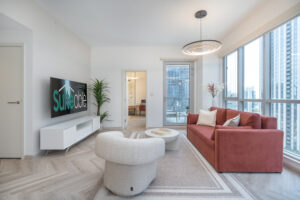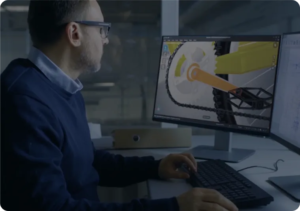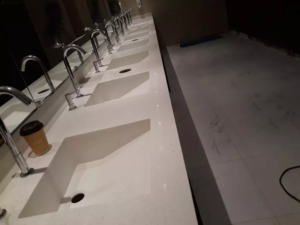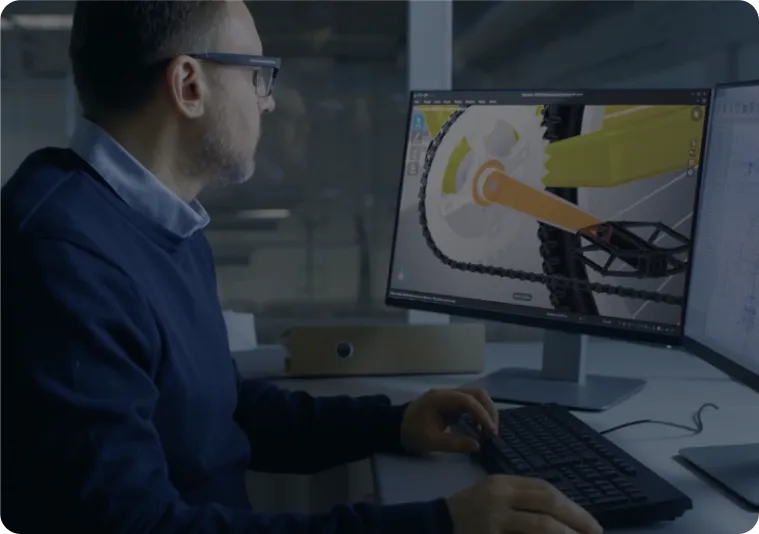
Designing an effective fast patrol craft requires a careful balance of speed, agility, and versatility to meet the demands of modern maritime security. From hull design to propulsion systems and onboard equipment, every aspect must be meticulously engineered to ensure optimal performance in various operational scenarios.
Hull design and material selection:
The hull design of a fast patrol craft is a critical factor that influences its speed, stability, and maneuverability. Typically, these vessels feature lightweight, high-strength materials such as aluminum or composite materials to minimize weight while maintaining structural integrity. The hull shape is optimized for hydrodynamic efficiency, allowing the craft to cut through the water with minimal resistance and achieve high speeds even in rough sea conditions.
Propulsion systems:
Propulsion systems are key determinants of a fast patrol craft’s speed and operational range. Most modern designs employ high-performance diesel engines coupled with waterjet or surface-piercing propellers to increase propulsion efficiency and maneuverability. These propulsion systems offer rapid acceleration, allowing the craft to quickly reach its top speed and respond swiftly to emergent threats or changing operational requirements.
Advanced sensor and communication systems:
Effective surveillance and reconnaissance capabilities are essential for fast patrol craft to fulfill their role in maritime security. As such, these vessels are equipped with advanced sensor suites, including radar, electro-optical/infrared (EO/IR) cameras, and AIS (Automatic Identification System) receivers, to detect and track threats across vast maritime domains. Integrated communication systems permit smooth coordination with other naval assets, shore-based command centers, and allied forces, enhancing situational awareness and response coordination.
Armament and defensive systems:
Fast patrol craft are often equipped with a range of armament and defensive systems to deter and neutralize threats effectively. These may include remote-controlled weapon stations, machine guns, and non-lethal deterrents such as water cannons or dazzlers. Additionally, defensive measures such as ballistic protection and electronic warfare suites increase the craft’s survivability in hostile environments, allowing it to operate with confidence in contested waters.
Human factors and crew comfort:
Despite their compact size, fast patrol craft must provide adequate accommodations and amenities for the crew to ensure operational effectiveness and crew morale during extended missions. Ergonomically designed workspaces, climate-controlled cabins, and shock-mitigating seating contribute to crew comfort and reduce fatigue, enabling sustained operations in challenging maritime conditions.

